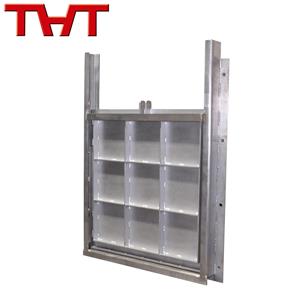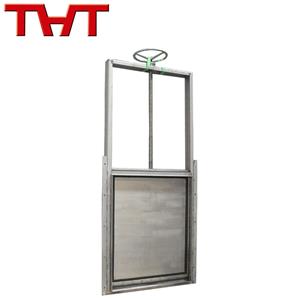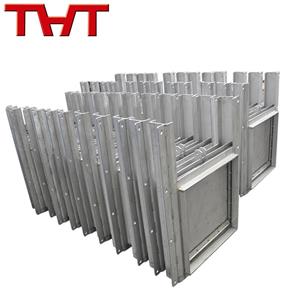Valve NDT
Damage detection overview
1. NDT refers to a testing method for materials or workpieces that does not damage or affect their future performance or use.
2. NDT can find defects in the interior and surface of materials or workpieces, measure the geometric characteristics and dimensions of workpieces, and determine the internal composition, structure, physical properties and state of materials or workpieces.
3. NDT can be applied to product design, material selection, processing and manufacturing, finished product inspection, in-service inspection (maintenance), etc., and can play an optimal role between quality control and cost reduction. NDT also helps to ensure the safe operation and / or effective use of products.
Types of NDT methods
1. NDT includes many methods that can be effectively applied. According to different physical principles or test objects and purposes, NDT can be roughly divided into the following methods:
a) Radiation method:
——X-ray and gamma ray radiographic testing;
——Radiographic testing;
——Computed tomography testing;
——Neutron radiographic testing.
b) Acoustic method:
——Ultrasonic testing;
——Acoustic emission testing;
——Electromagnetic acoustic testing.
c) Electromagnetic method:
——Eddy current testing;
——Flux leakage testing.
d) Surface method:
——Magnetic particle testing;
——Liquid penetrant testing;
——Visual testing.
e) Leakage method:
——Leak testing.
f) Infrared method:
——Infrared thermal testing.
Note: new NDT methods may be developed and utilized at any time, so other NDT methods are not excluded.
2. Conventional NDT methods refer to the widely used and mature NDT methods at present. They are radiographic testing (RT), ultrasonic testing (UT), eddy current testing (ET), magnetic particle testing (MT) and penetrant testing (PT).





